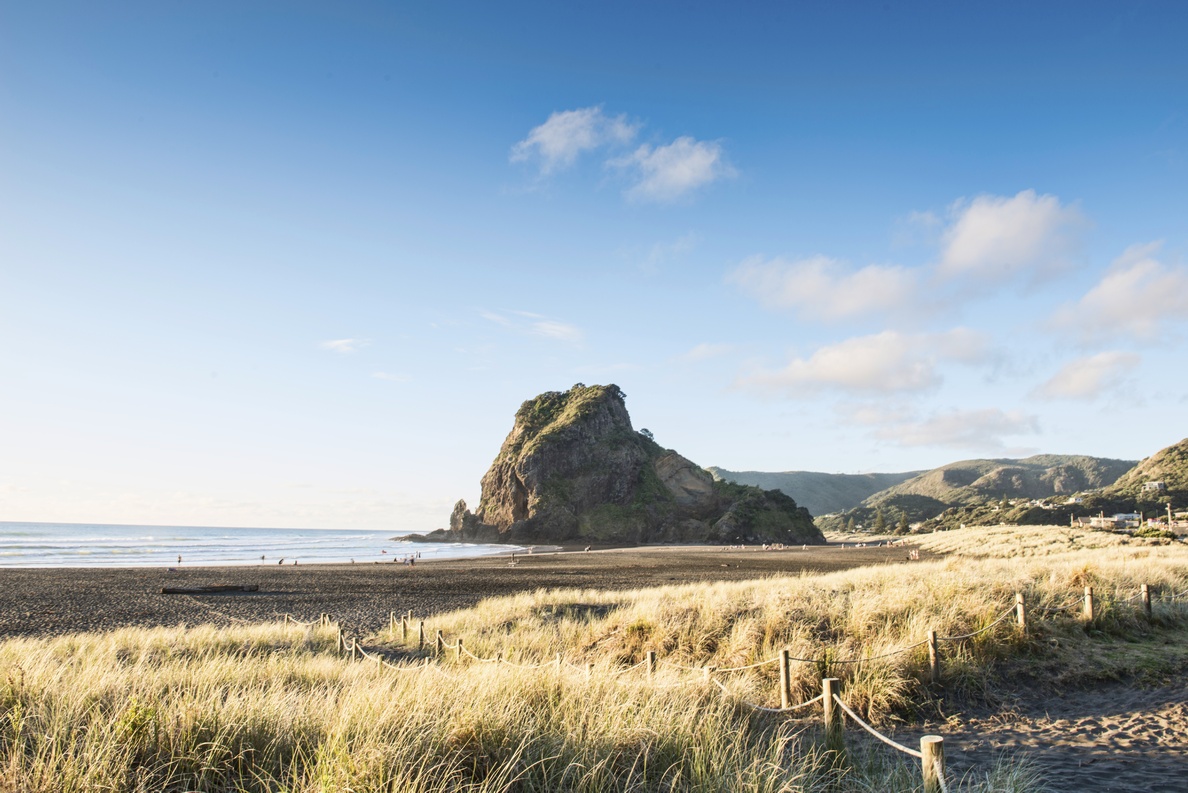Differences in soil quality and trace elements across land uses in Auckland, changes 1995-2017
Author:
Fiona Curran-CournaneSource:
Auckland Council Research and Evaluation Unit, RIMUPublication date:
2020Topics:
EnvironmentFrom the executive summary:
Soil is a valuable, natural and non-renewable resource that provides us with food, fibre and timber as well as a wide range of regulating and cultural benefits. Soil quality refers to the ability of the soil to sustain biological production, maintain environmental quality and promote plant, animal and human health. Humans exert an enormous amount of pressure on the soil resource both in rural and urban environments and it is important that the soil is functioning well to ensure that we receive the full benefits of soil natural capital. Amongst other things, poorly managed soil can lead to contamination of surface and groundwater and adjacent water bodies. Section 5 of the Resource Management Act 1991 (RMA) includes the requirement to maintain the life supporting capacity of land and ecosystems. Section 30 of the RMA empowers regional councils to control land for the purposes of soil conservation.
Soil quality monitoring is a science-based soil management tool that is an important component of soil conservation and management. Monitoring soil quality provides a link between nutrient and contaminant source and land management practice and is therefore a useful tool in informing policies to improve land management and associated water quality. Monitoring acts as an early warning system to negative effects of land use on soil quality and can determine where resources may be required to mitigate the risk of land use activity on the soil ecosystem.
Auckland Council’s soil quality monitoring programme extends from 1995 to the present. This report is only one of a few that reports on a long-term dataset within Aotearoa New
Zealand or globally. The three objectives of this study included:
1. Determining changes in soil quality and selected trace elements for all soil sites, a total of 157 for the region sampled between 2013-2017, across five predominant land use categories namely pasture, horticulture, plantation forestry (hereafter referred to as forestry), native bush (hereafter referred to as native) and urban parkland (hereafter referred to urban) and across eight soil orders.
2. Determining soil quality and trace elements for those soil sites that have been converted to lifestyle blocks and their comparison with specific rural land uses including dairy, drystock, orchards+viticulture and outdoor vegetable production for sampling periods 2013-2015.
3. Reporting on trend analysis for soil sites for the three sampling periods 1995-2000, 2008-2012 and 2013-2017 to determine changes in soil quality and trace elements over the past 20+ years.
Auckland Council technical report, TR2020/001
April 2020
